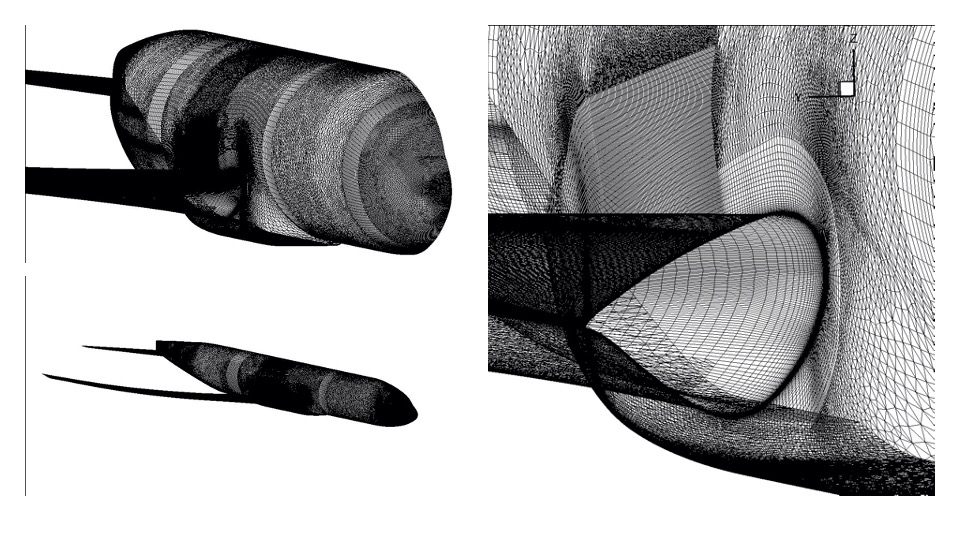Modern aircraft are restricted by shock motions when traveling at transonic speeds. Oscillations may cause structural failure or reduction of maneuverability. The prediction of the interaction between the flow and the aircraft structure is essential to expand the flight envelope. My study implemented a fluid-structure interaction of the NASA Common Research Model at transonic speeds using the DLR TAU code. More specifically, buffeting was analyzed for a wide range of wing deformations. Buffeting is the dynamic response of an aircraft’s structure to the unsteady forces caused by an oscillatory shock motion.
My work condensed the most recent findings on buffeting into a fluid-structure interaction. Three types of mesh movements were implemented and evaluated. The optimal movement method was selected and coupled with the creation of deflection files needed to deform the geometry. Sinusoidal as well as randomly generated signals were applied to the implementation. Data of over 18,500 configurations was successfully generated on the SuperMUC-NG supercomputer.
For future projects, this research enables the testing of numerous parameters on the Common Research Model using the DLR TAU code in a time efficient, accurate and robust manner.
Simulations using the Navier-Stokes equations can be very demanding. Reduced Order Models are a promising approach to significantly decrease solution time while maintaining a high order of accuracy.
At the Chair of Aerodynamics and Fluid Mechanics, such models are being investigated. My implementation is used to create the training data.

